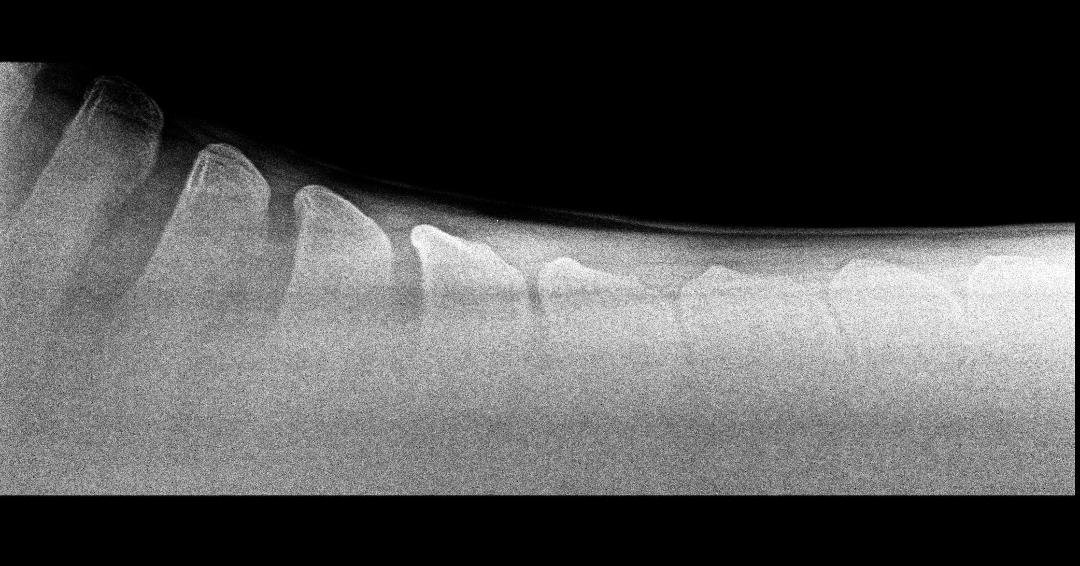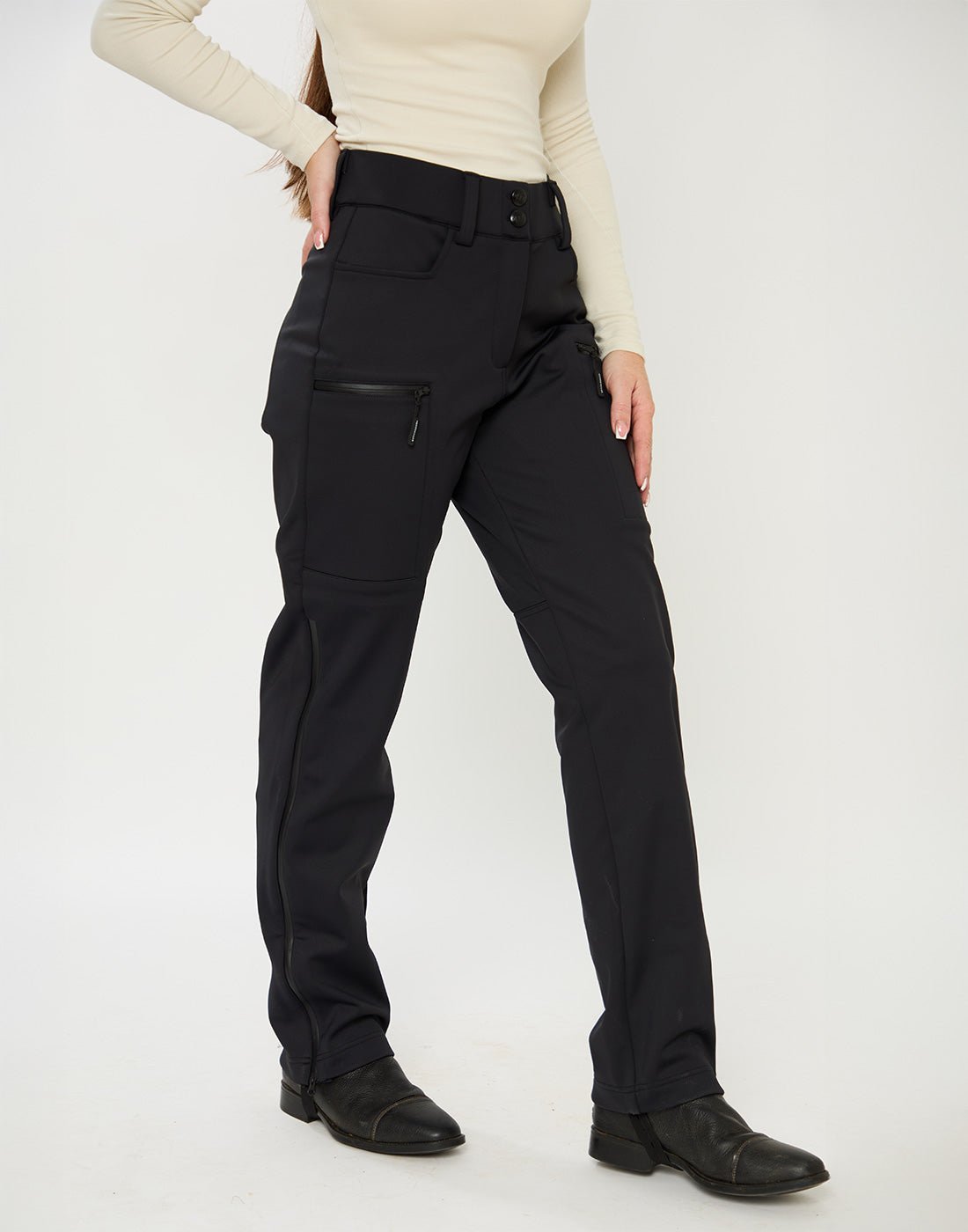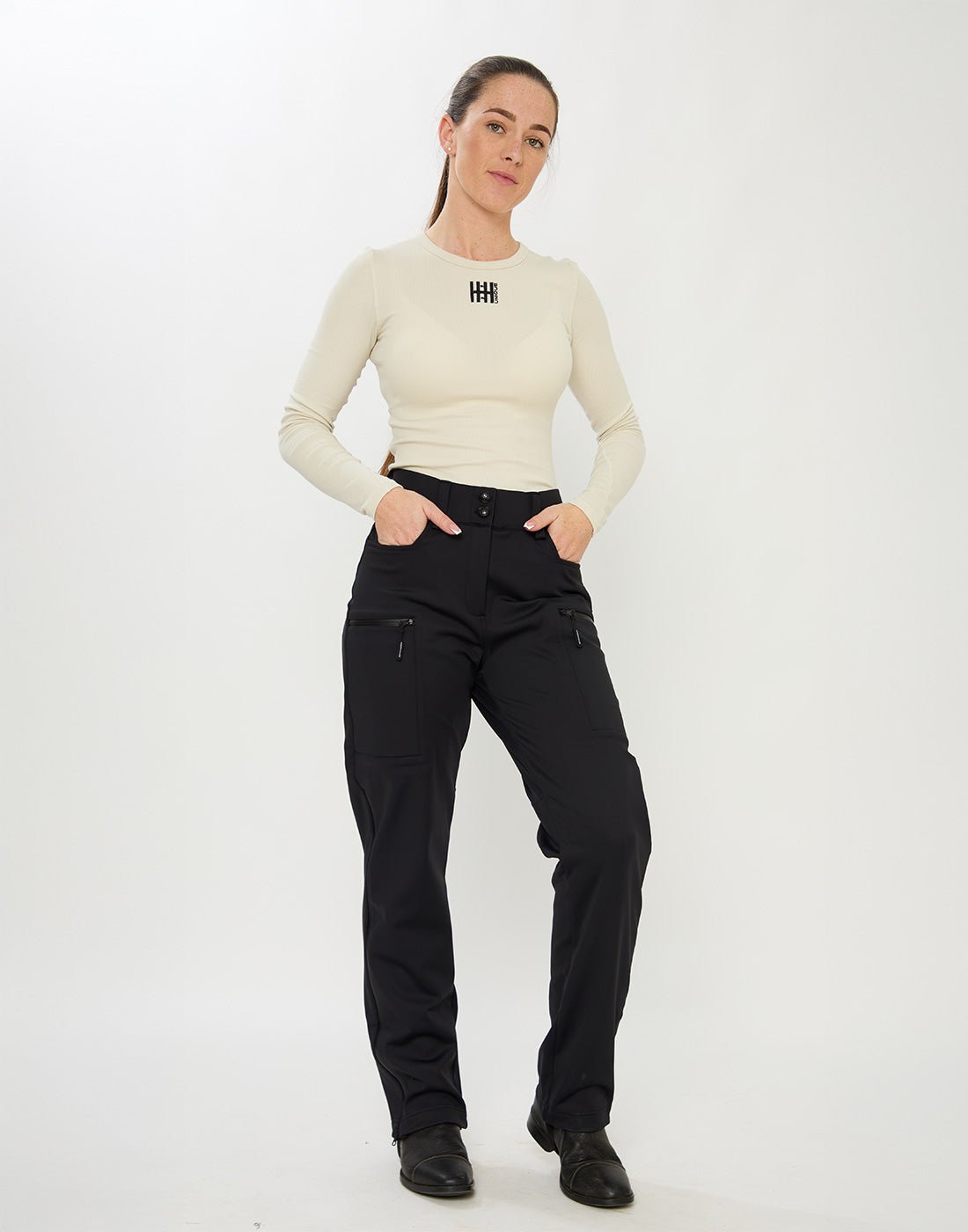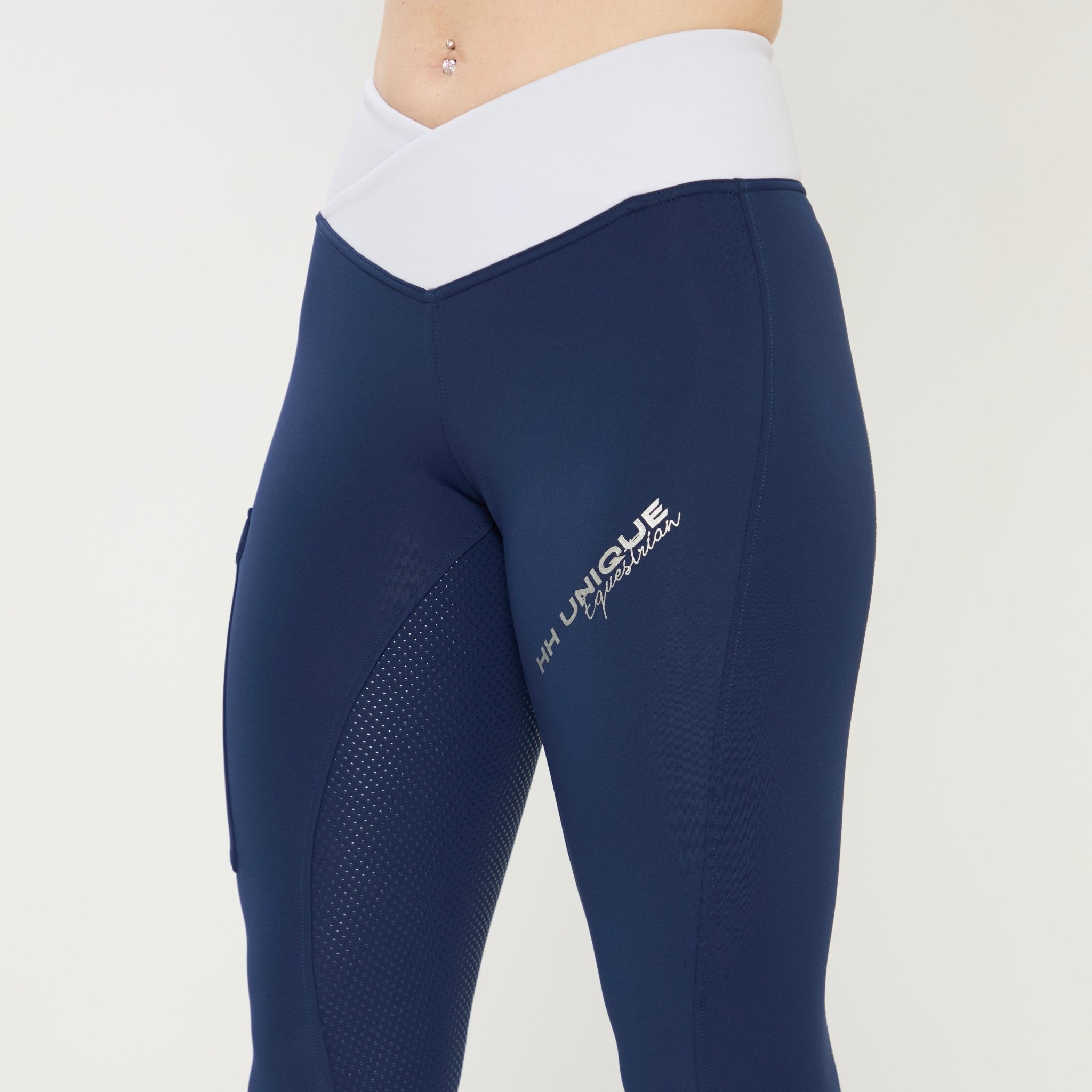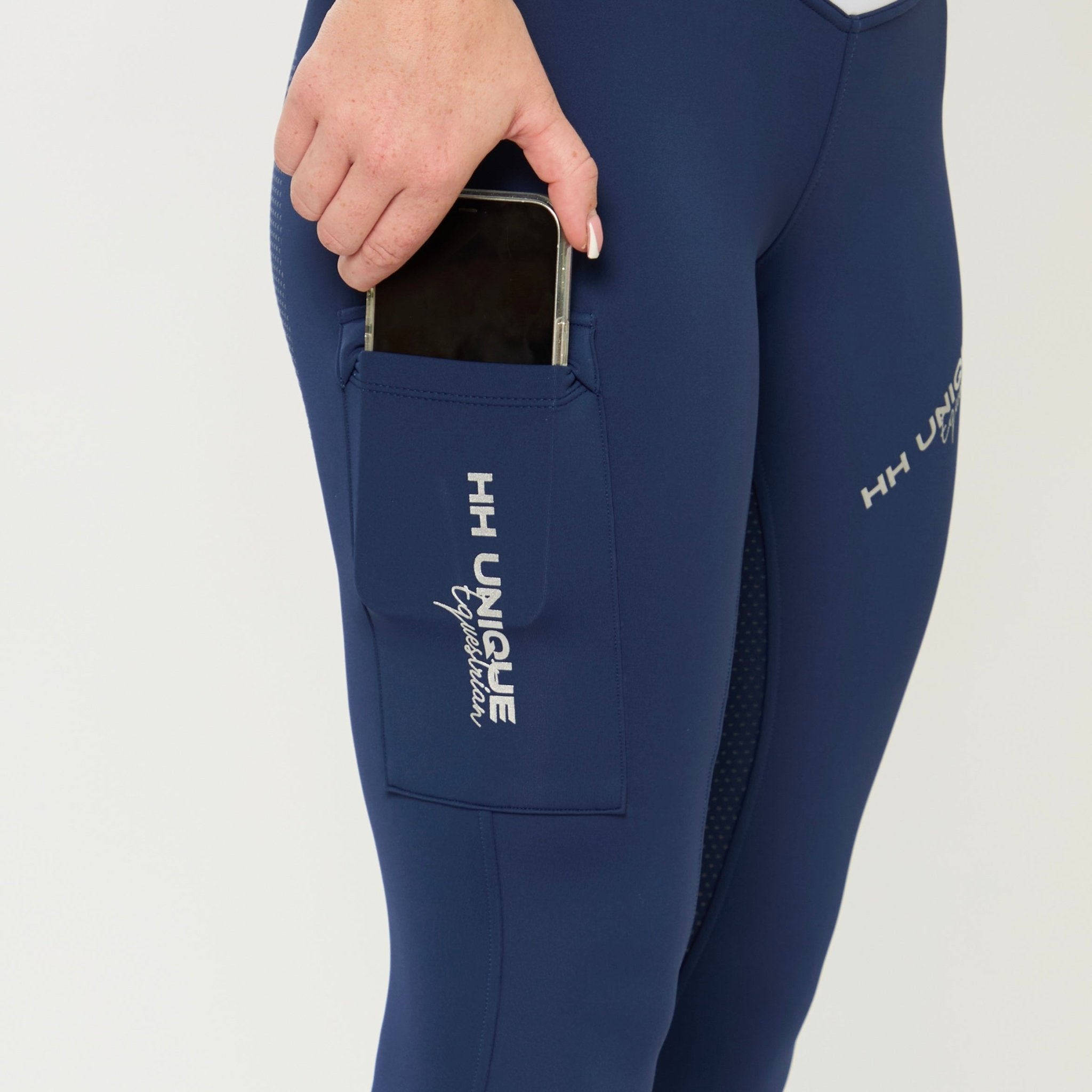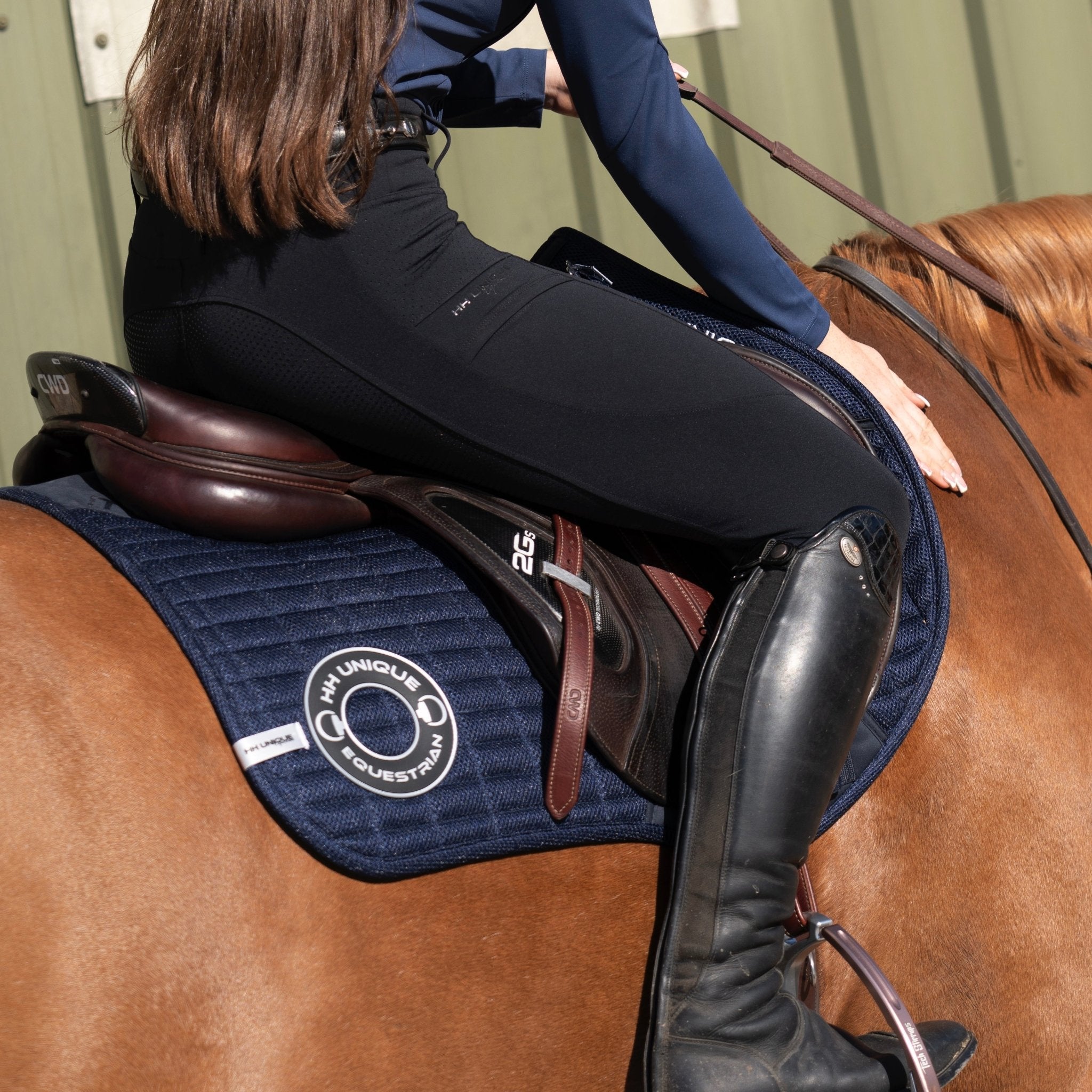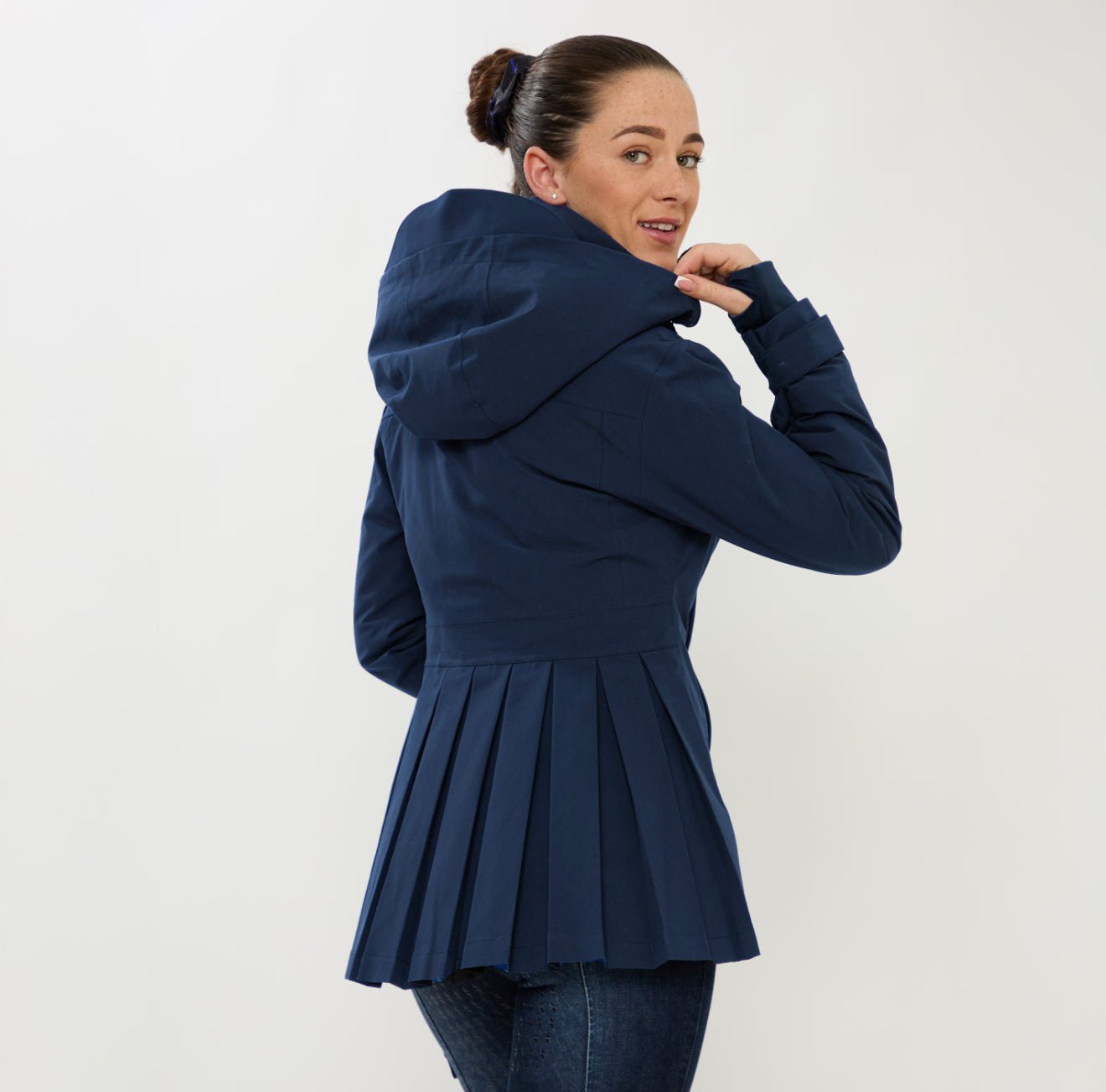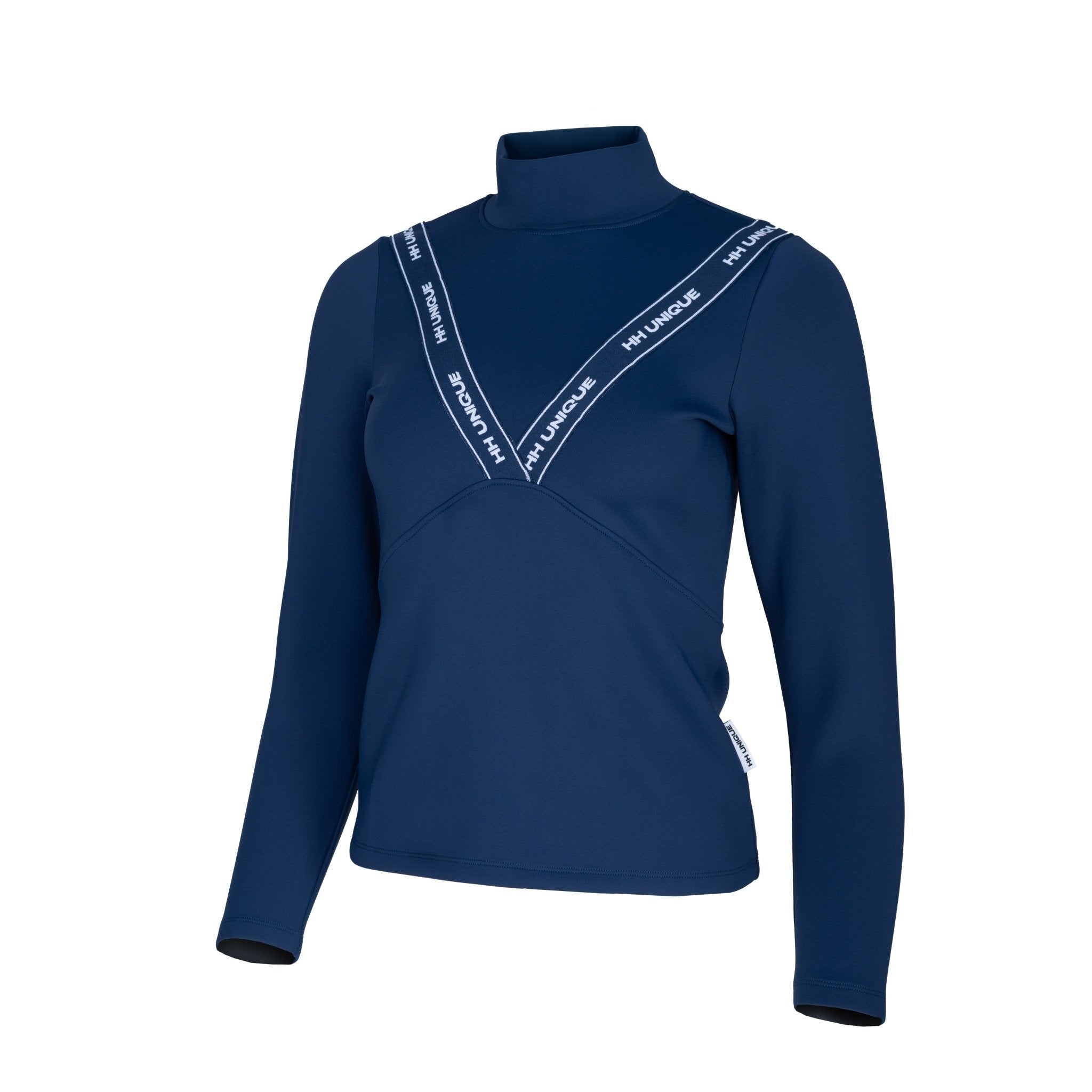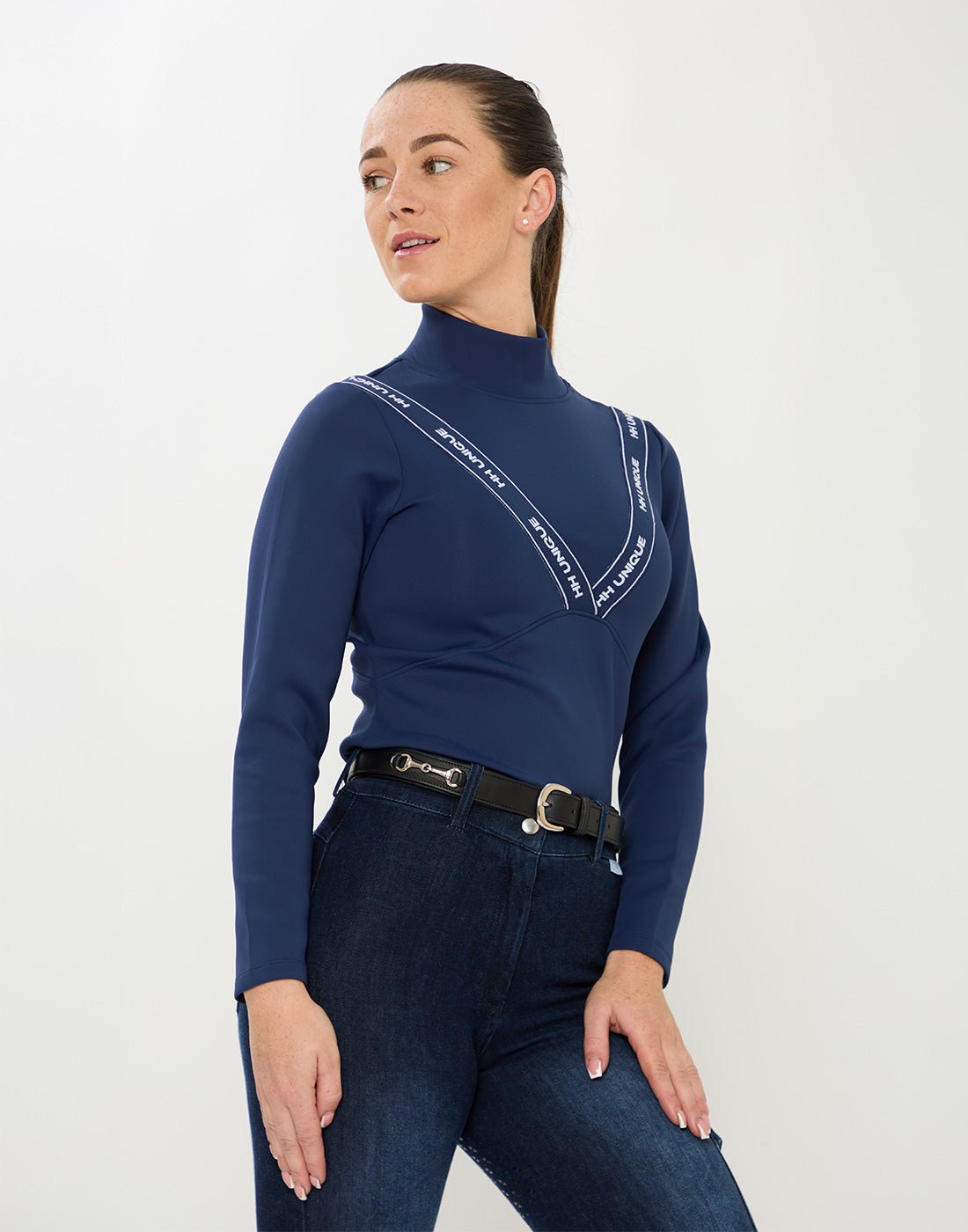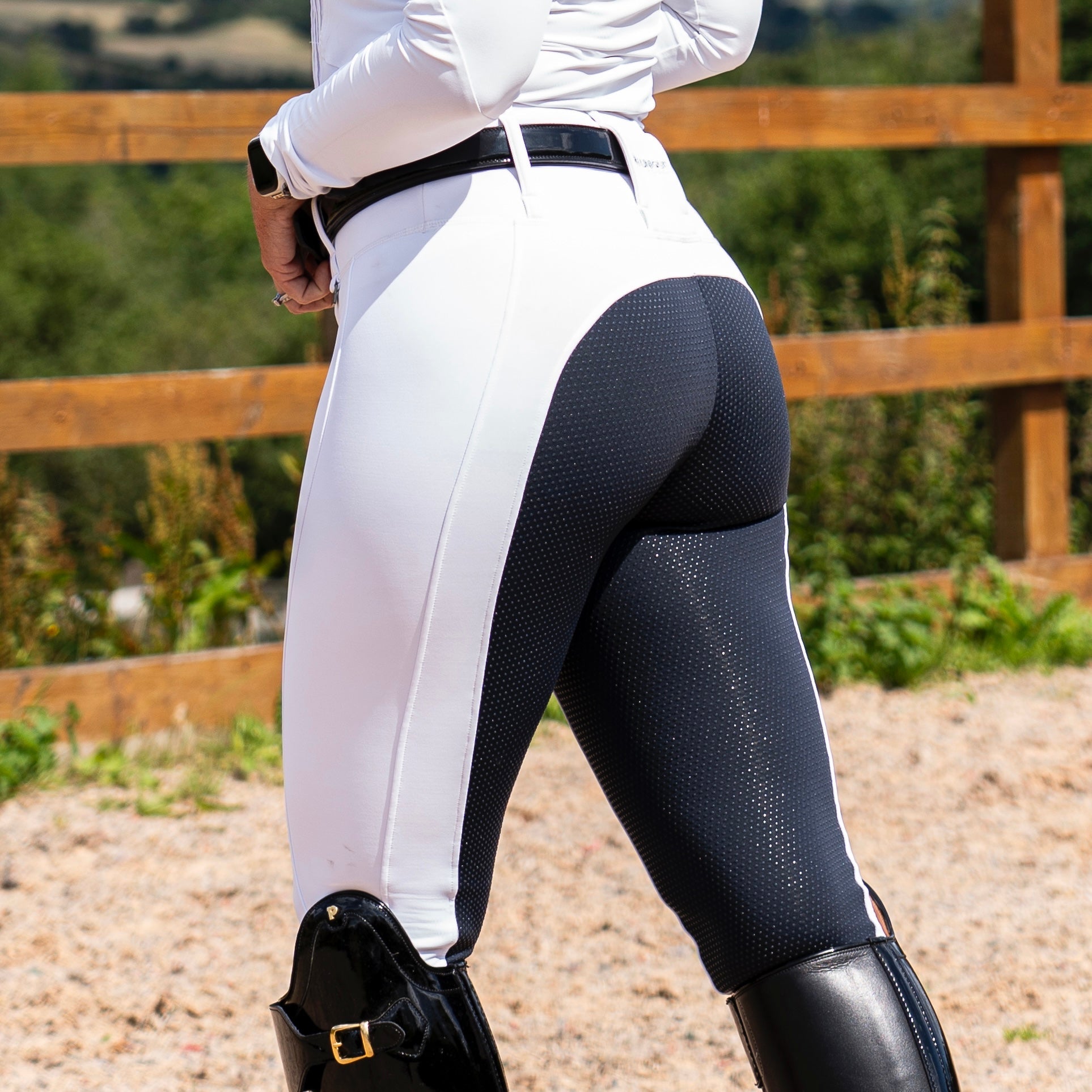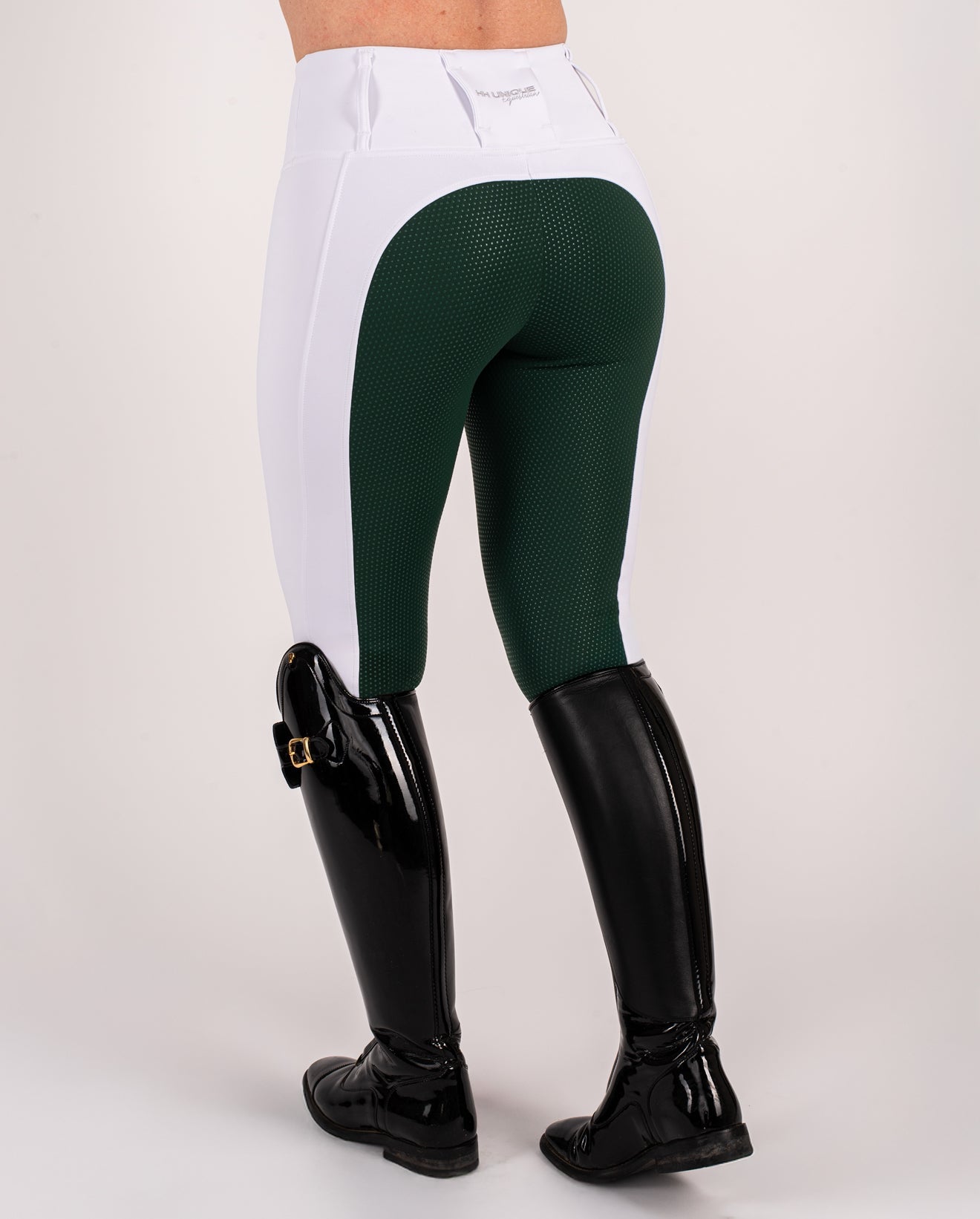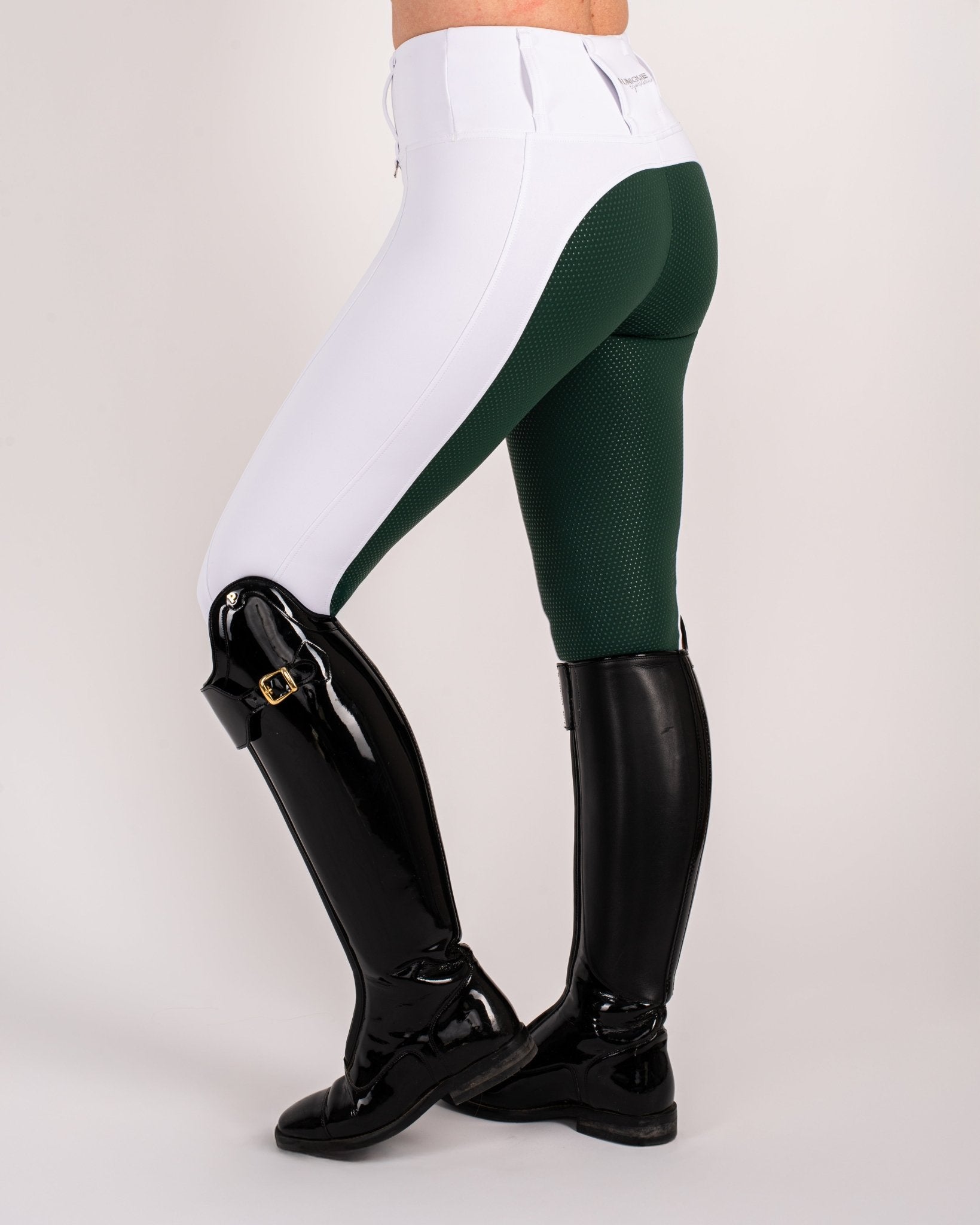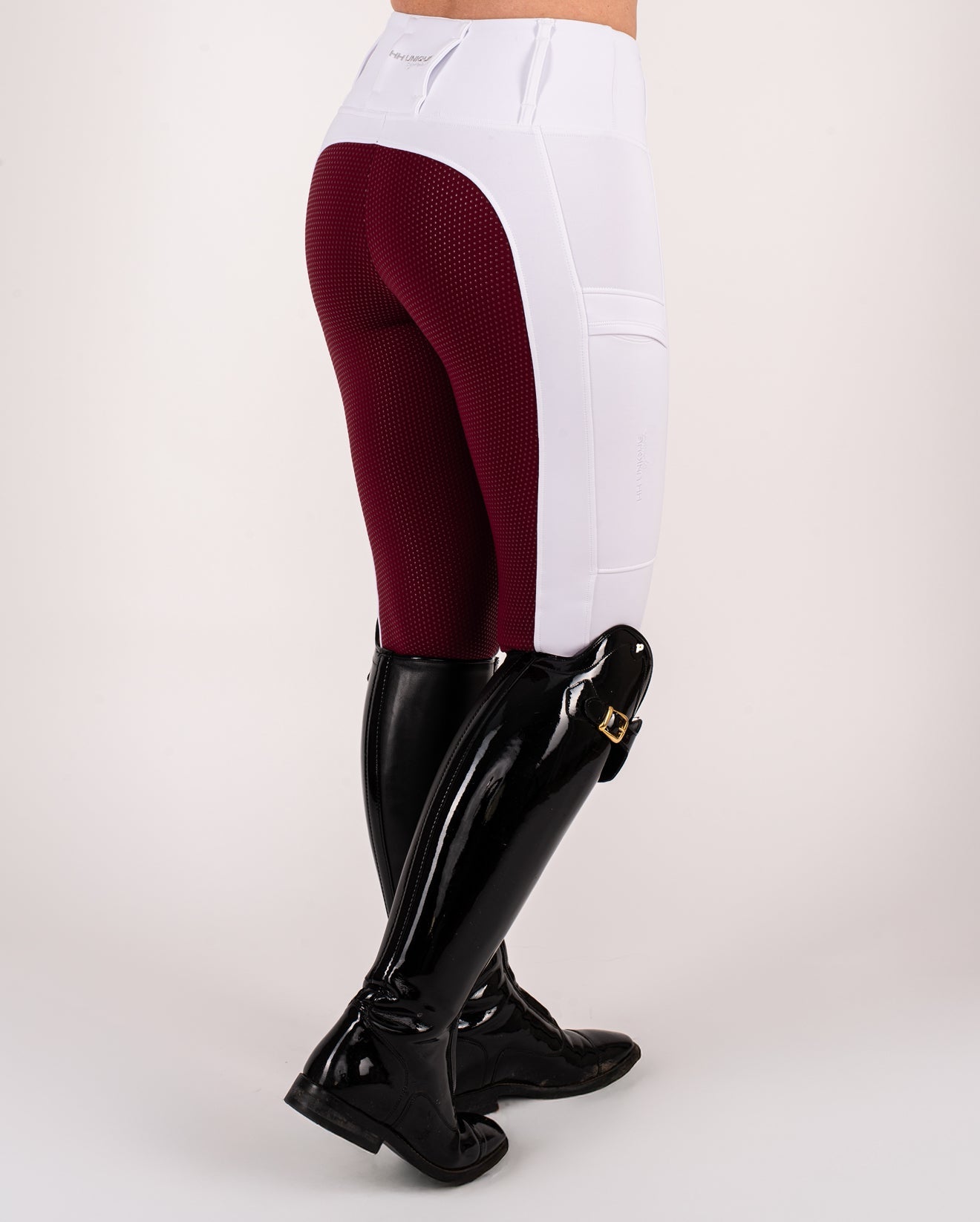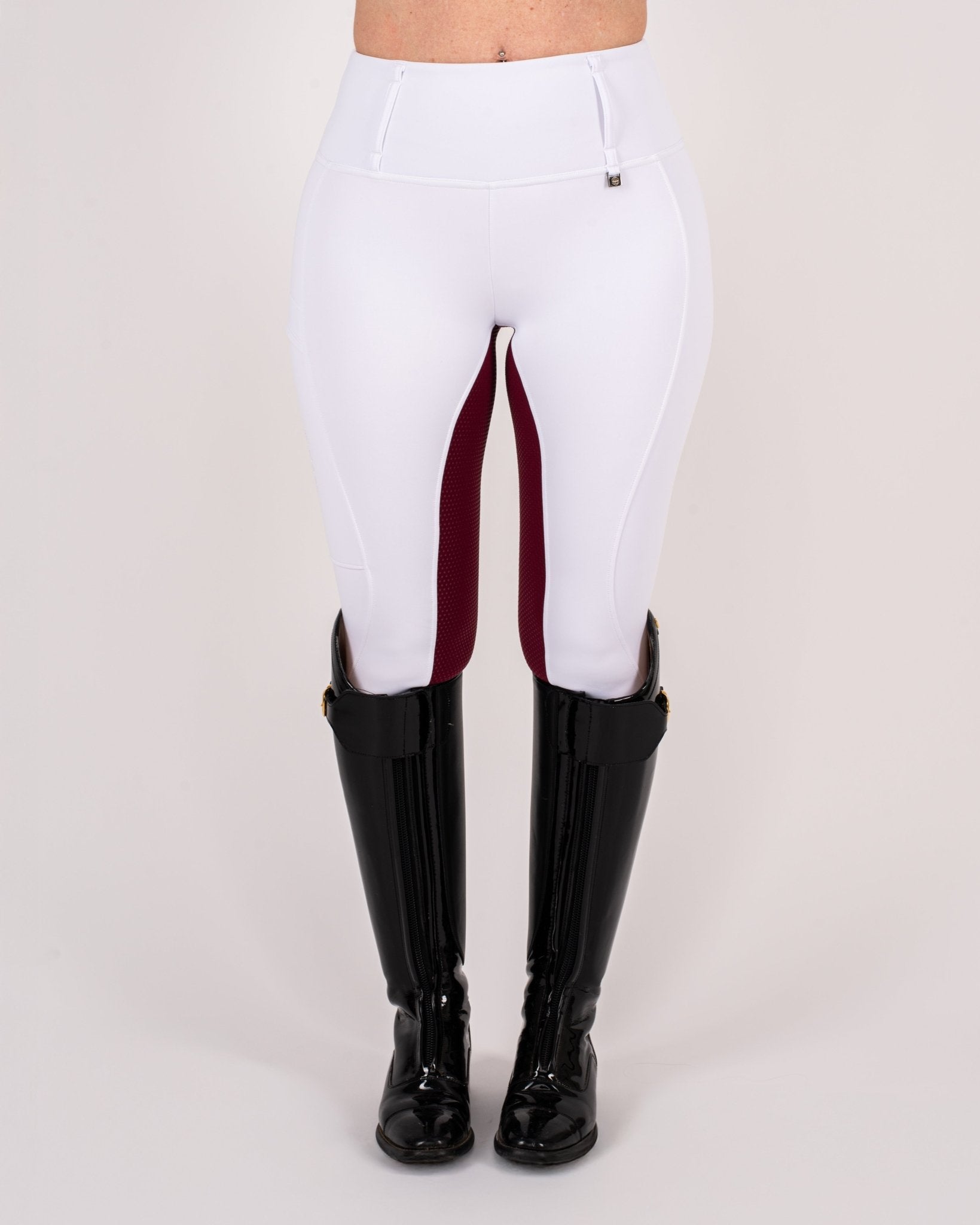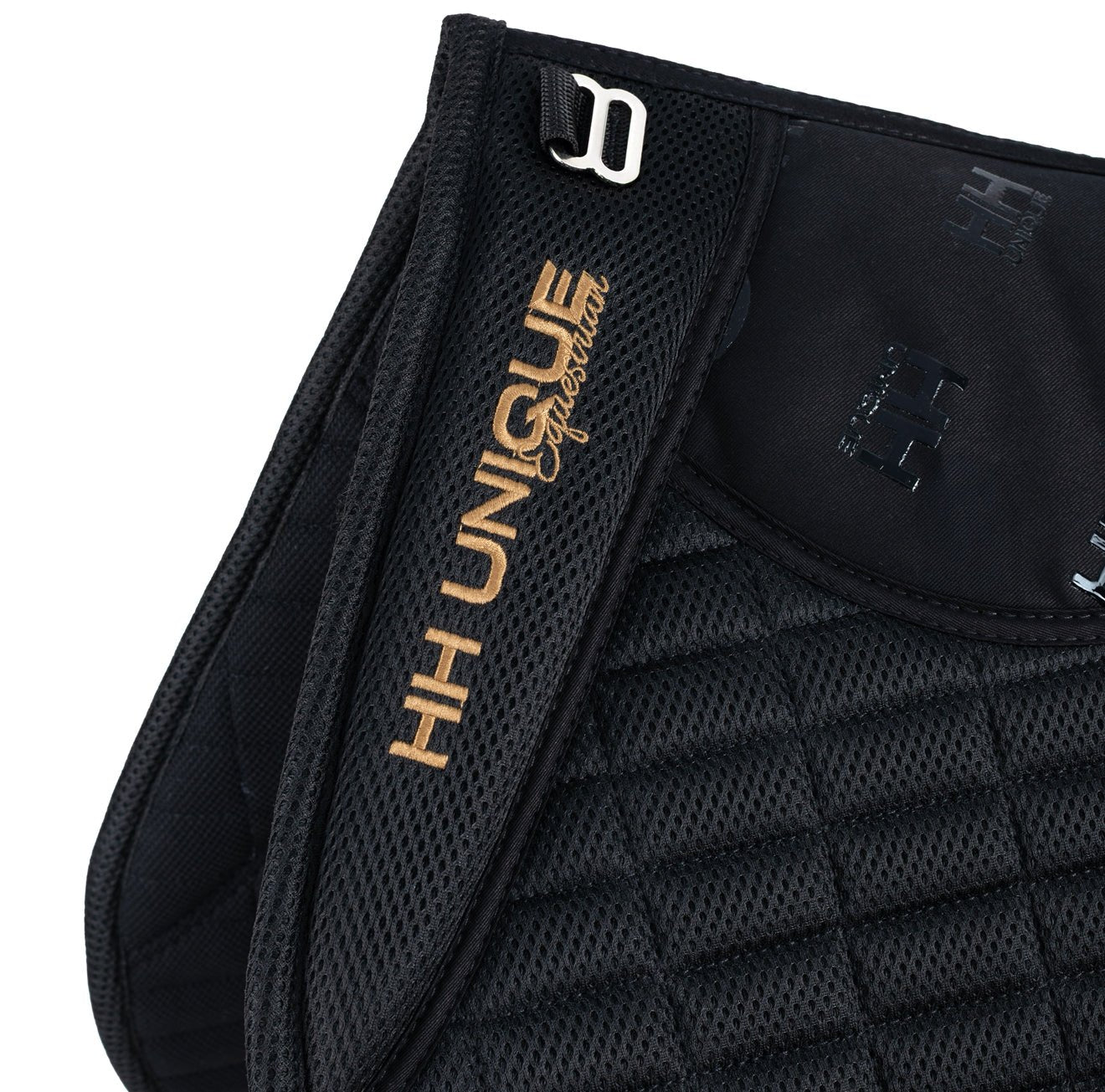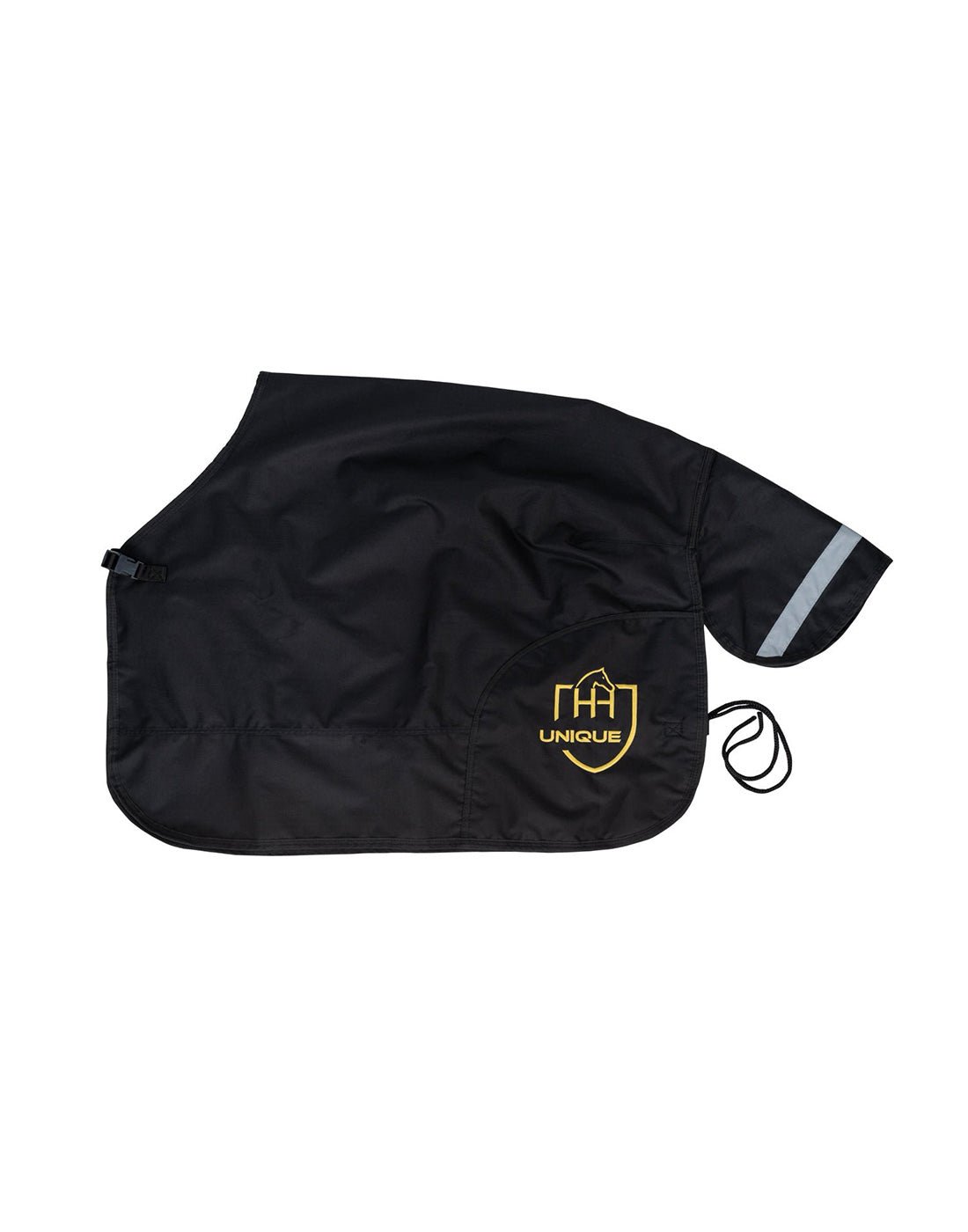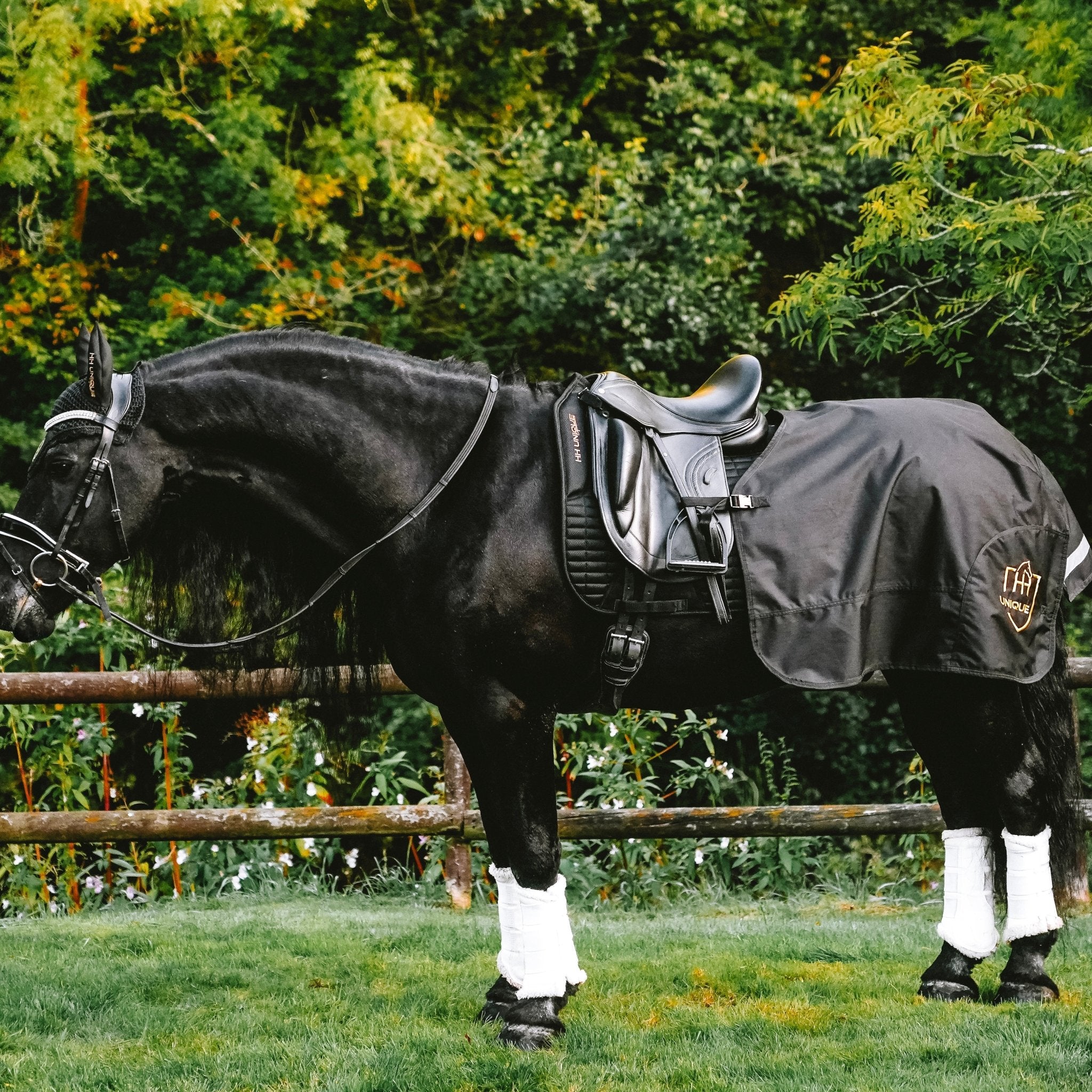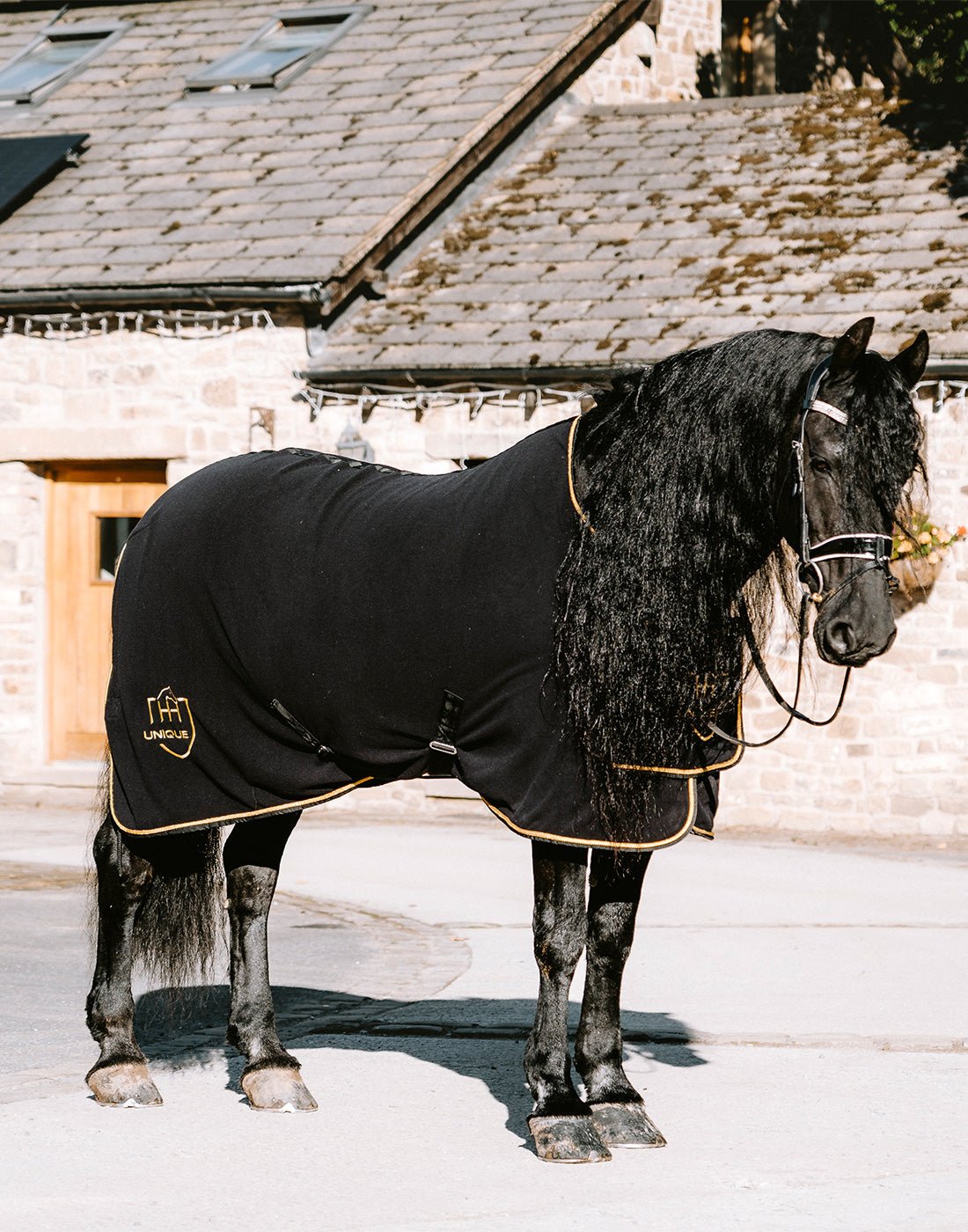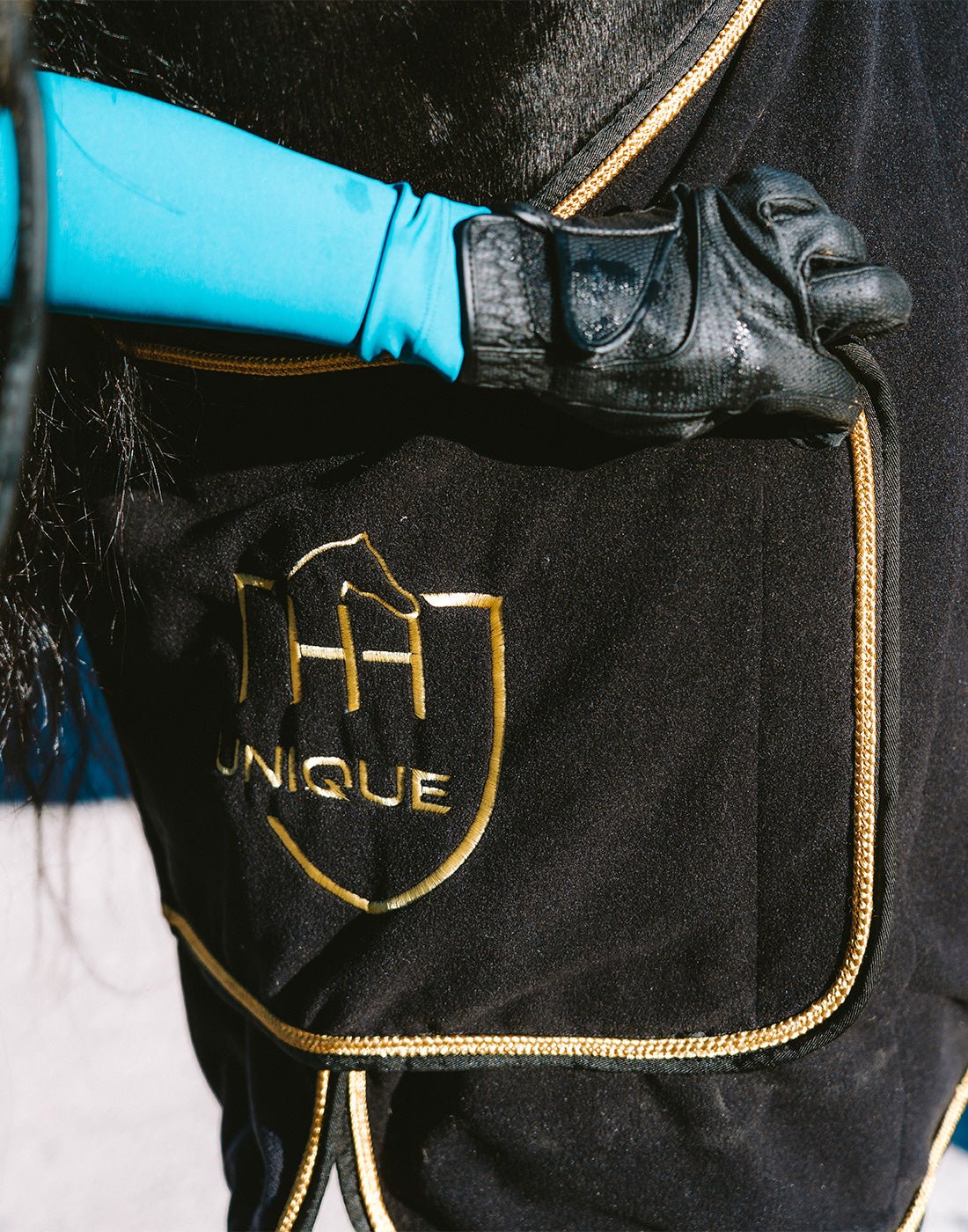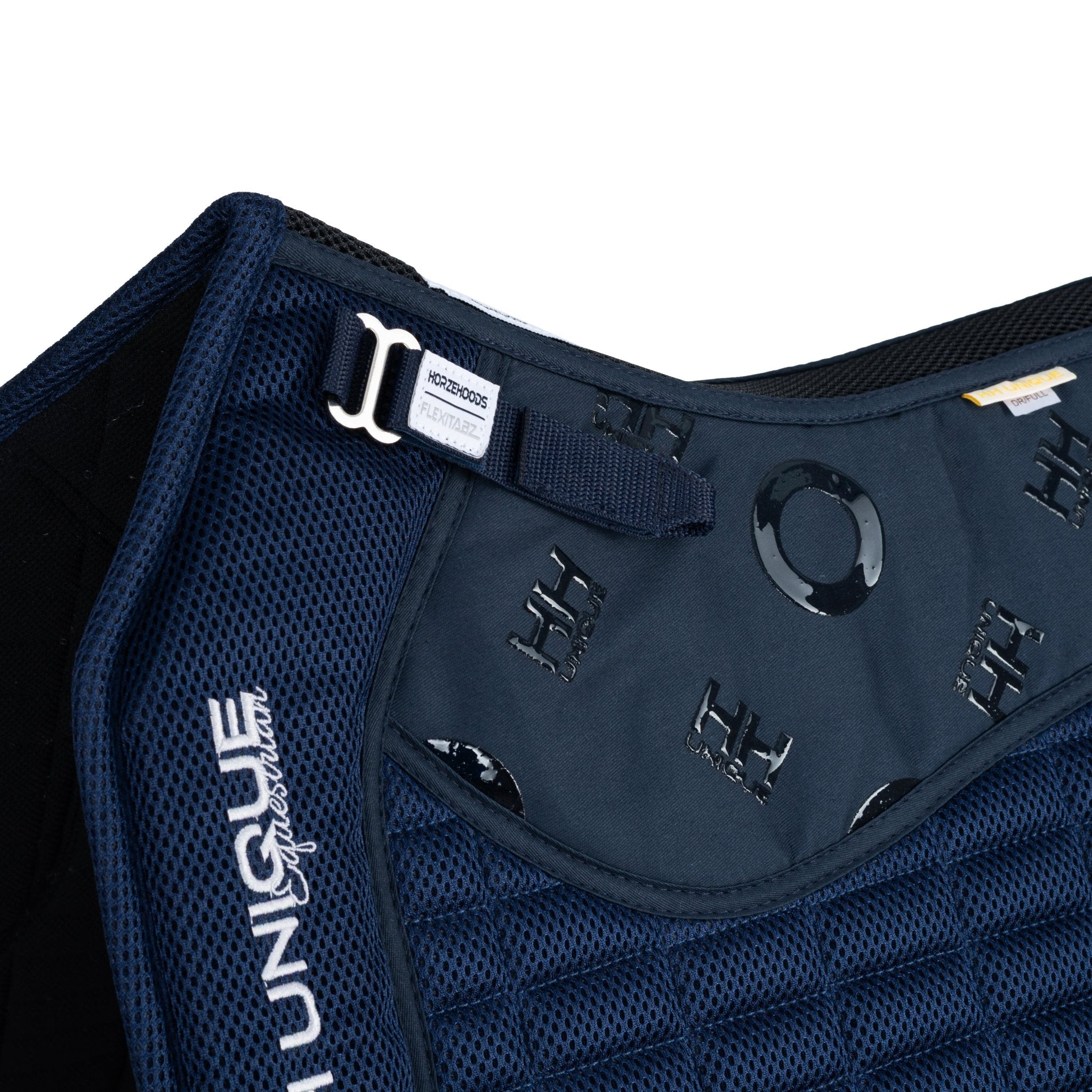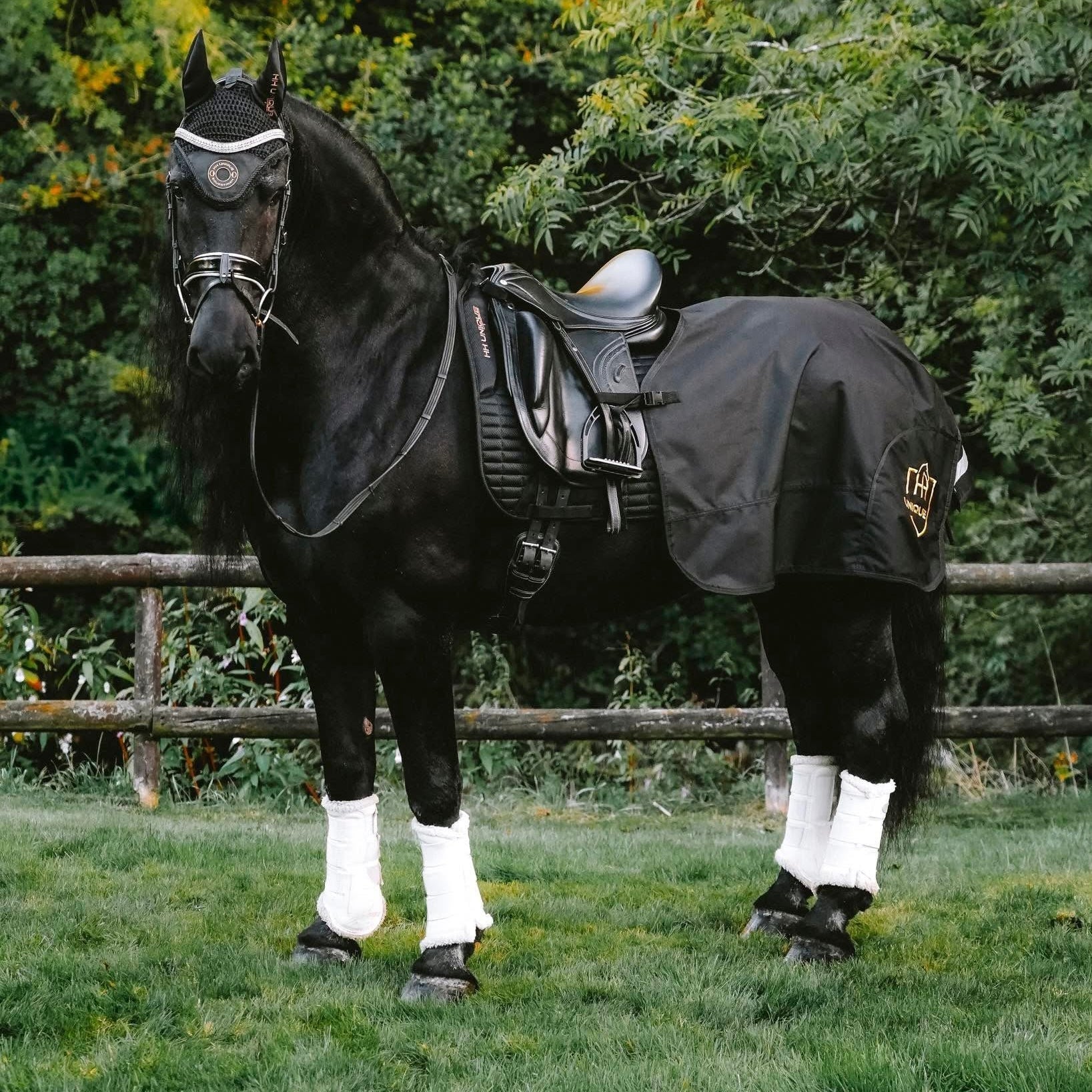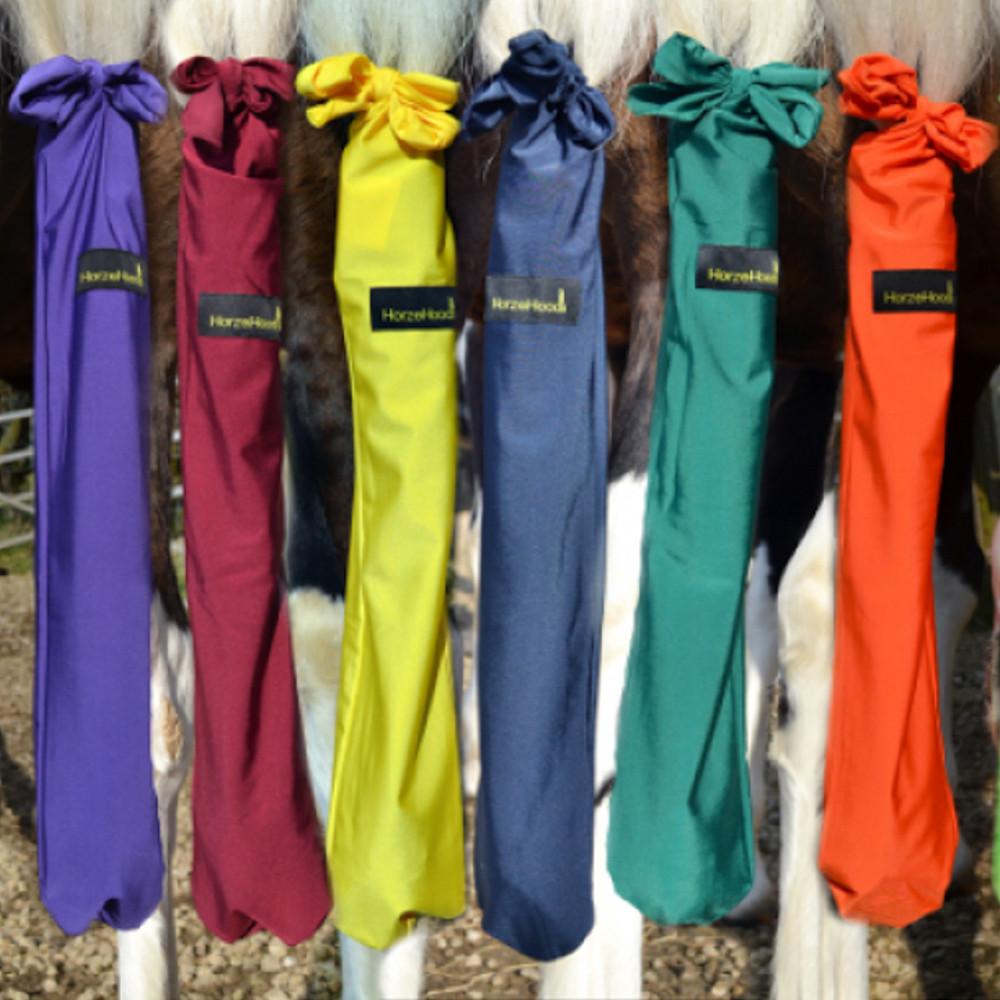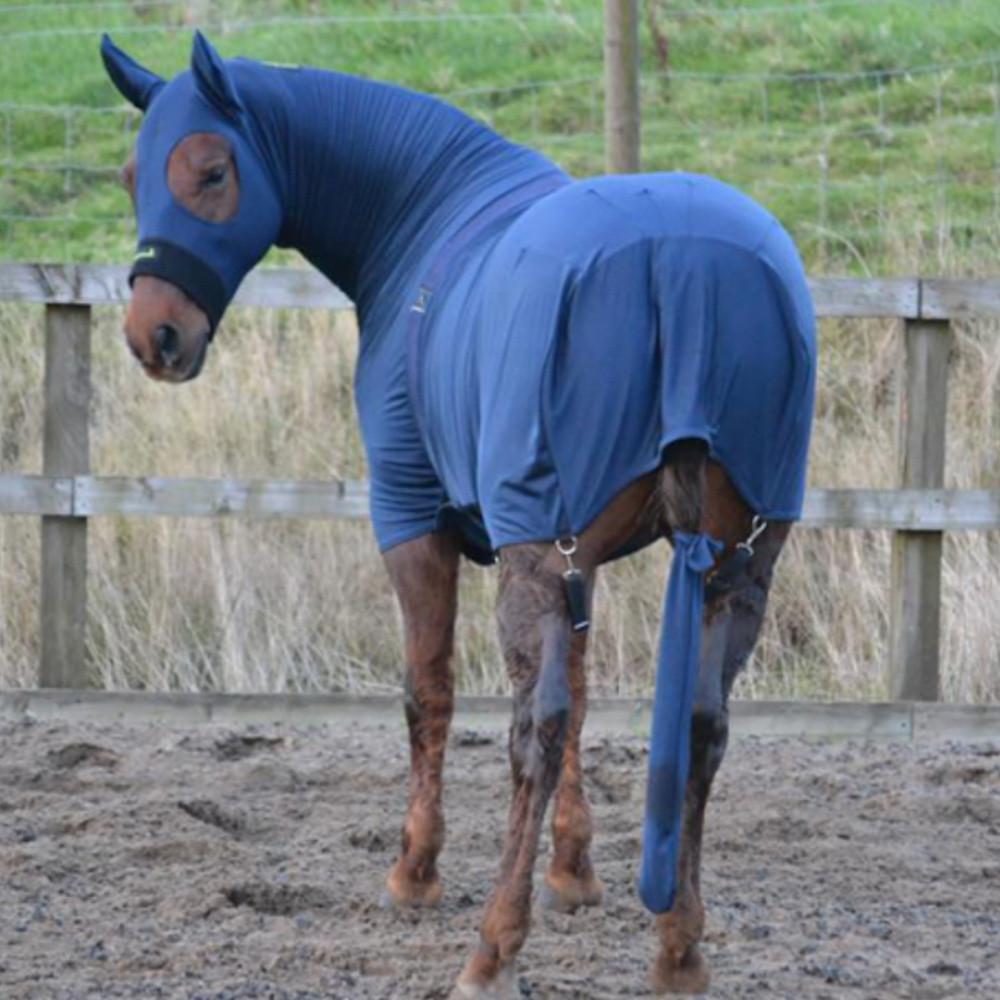10 years ago most of us hadn’t even heard of 'Kissing Spine', and now there seems to be many, many horses being diagnosed with this condition. What does 'kissing spine' mean, and why the explosion in cases?

What is kissing spine?
Let’s start with the basic anatomy of the horse’s spine and then focus on what is actually happening in the horses body with the presence of this condition. The dorsal spinous processes are the sections of bone that we can feel along the line of the spine, and are vertical projections of bone emanating up from the spinal vertebrae deep in the horses back.
ORDSP stands for Over-Riding Dorsal Spinous Processes and this is a term used to describe ‘kissing spine’. What it means is the touching of the bones along the spine, which causes back pain to the horse. This condition quite often happens when the horses back is weak and the whole middle section of the horse, the trunk, is in a sunken position – this brings the bones in the spine closer together, causing pain if the bones touch.
Usually a postural change has occurred that brings the dorsal spinous processes closer together, ultimately allowing the bones to touch, which is extremely painful for the horse, and over time the bones can actually remodel and fuse.
Pain can come from the bones touching together, and/or from ligament pain where the ligaments are squashed in between the spinous processes.
How is it caused?
Examples of KS as a primary issue:
It can be a primary issue where the saddle is a poor fit, as discussed above.
When the rider is too heavy for the size or strength of the horse, this can cause an initial hollowing of the posture, and an eventual decline in strength and ultimately KS.
Lack of training: the horse has always been allowed to ride in a hollow posture and has never been trained, this can lead directly to back pain and KS. The lack of training caused the KS.
Examples of KS as a secondary issue:
So it’s absolutely crucial to have a full and clear diagnosis for your horse.
What are the signs?
Horses suffering with KS can exhibit many signs, some are actually quite subtle, some quite the opposite. Some horses can mask pain quite well and just carry on without any overt signs of a problem, or they could exhibit various subtle signs that would not necessarily raise any alarm bells. Some of the key signs are listed below, including some which might be helpful for the more stoic horses that may not be screaming ‘my back hurts’.
List of some of the common signs of KS:
- Bucking
- Throwing rider off
- Moving away from the mounting block
- Not wanting to be tacked up for riding
- Nipping or face pulling when girthing up saddle
- Moving away from saddle being put on back
- Dipping back when rider mounts
- Difficulty working into contact
- Rides with hollow posture
- Lacking topline especially along the back
- Grumpy attitude to ridden work
- Difficulty bending through ribcage
- Issues in the canter
- Consistent back pain that doesn’t resolve with physio/manipulation
- Decrease in usual performance levels
If issues of this nature have been identified with one or more of these signs, the owner and / or rider should seek professional advice to investigate further.
How is it treated?
The only way to properly diagnose this condition is to have your horse’s spine x-rayed. This will provide a clear image to the veterinary surgeon of where your horses dorsal spinous processes sit in relation to one another. The common area for KS is in the thoracic spine, under the saddle area.
Treatment will be either surgical or medical. Surgical treatment is usually one of 2 operations with the less severe involving the cutting of the ligaments in between the close or touching spinous processes to create space in between them. This is normally done under standing sedation and is a fairly quick operation. The other form of surgical treatment is to remove some of the spinous processes or shave some of the bones, which is a bigger operation and is usually done under general anaesthetic.
Each horse is of course different, so treatment is an individual thing for horses presenting with KS.
